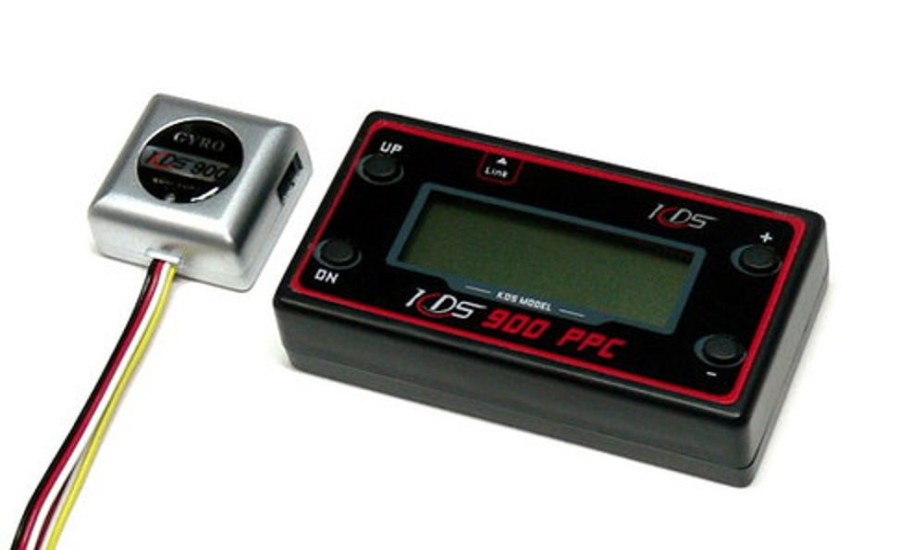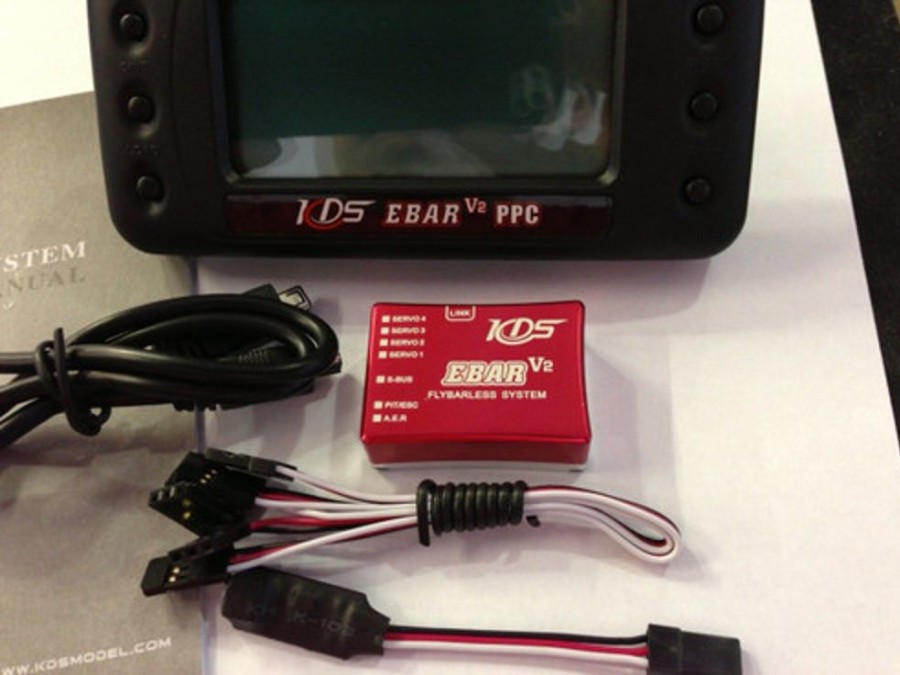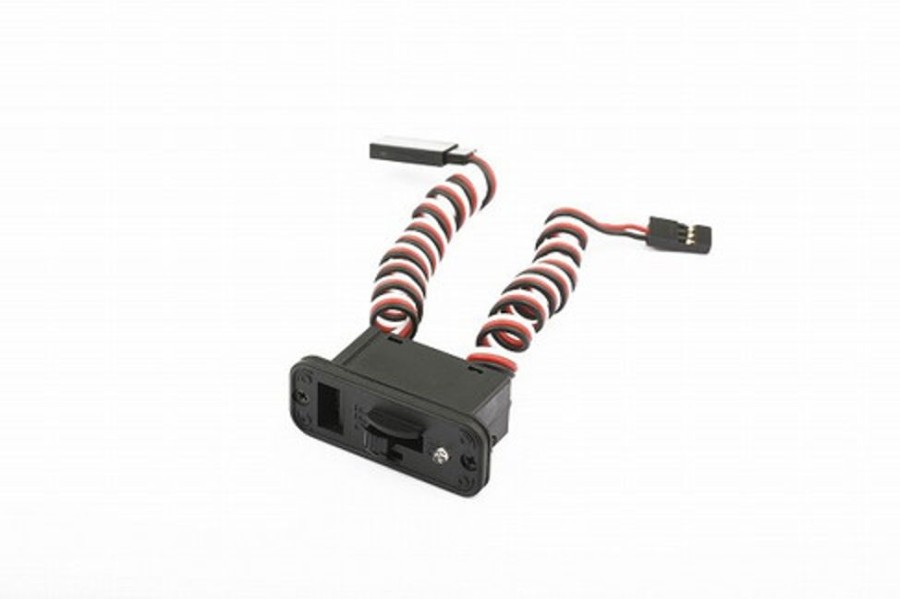Electronics KDS Kds 900 Digital Gyro
$56.16 $33.69
Electronics KDS Kds 900 Digital Gyro

For All Rc Helicopter
&Nbsp;
&Nbsp;
Introduction
Kds900 Is Designed Specially For Rc Helicopter. It Is A High Quality And Precision Gyro. The Gyro Adopts Avcs, High Performance Smm Sensor And Controller. It Features Excellent Location Capiblity, And Stable Yaw Rate Which Can Avoid Influence From External Variables, Such As Rotation Speed Of Rotor Head On Helicopter, Flight Speed And Crosswind. With These Advantages, You Can Greatly Enjoy Your Flight With Kds900 Gyro.
The Performance Of Gyro Is Closely Related To Servos. The Quicker The Respone Of Servos, The Better The Sensitivity And Performance Of Gyro. It Is Recommended To Use Futaba S9253, S9254, S9257, S9256 Or Bls251 To Match Kds900 Gyro.
Avcs Gyro
Conventional Gyros Send Control Signals To The Rudder Only When The Tail Of The Helicopter Moves. When The Tail Stops Moving, The Control Signal From The Gyro Becomes Zero. Conversely, The Avcs Gyro Continues To Send Control Signals To The Servo Even When The Tail Of The Helicopter Stops Moving. The Following Sequentially Describes The Conventional Gyro And The Avcs Gyro.
Operation Of Conventional Gyro
Basic Operation Is Described By Considering The Case When The Helicopter Is Hovering Under Crosswind Conditions. With A Conventional Gyro, When The Helicopter Encounters A Crosswind, The Force Of The Crosswind Causes The Tail Of The Helicopter To Drift. When The Tail Stops Drifting, The Control Signal From The Gyro Becomes Zero. If The Crosswind Continues To Cause The Tail To Drift In This State, The &Lsquo;Stop&Rsquo; Operation Is Repeated Until The Tail Faces Downwind. This Is Called The &Lsquo;Weathervane&Rsquo; Effect.
Operation Of Avcs Gyro
Conversely, With An Avcs Gyro, When The Helicopter Encounters A Cross-Wind And The Tail Drifts, A Control Signal From The Gyro Stops The Drift. At The Same Time, The Gyro Computes The Drift Angle And Constantly Outputs A Control Signal That Resists The Crosswind. Therefore, Drifting Of The Tail Can Be Stopped Even If The Crosswind Continues To Effect The Helicopter. In Other Words, The Gyro Itself Automatically Corrects (Auto Trim) Changes In Helicopter Tail Trim By Crosswind. Considering Operation Of An Avcs Gyro, When The Tail Of The Helicopter Rotates, The Servo Also Rotates In Accordance With The Angle Of Rotation Of The Tail. When The Tail Stops Rotating, The Servo Judges That It Has Stopped In That Position. This The Auto Trim Function.
&Nbsp;
Features
Avcs System
Since Rudder Drifting Caused By Wind, Or Other Meteorological Factors And Different Helicopter Attitudes Will By Eliminated Automatically, The Perfect To Tail (Rudder) Will Become More Easier, Making It Operation To 3D Flight.
&Nbsp;
Smm Gyro Sensor
Use Of Newly Developed Extremely Low Drift Smm (Silicon Micro Machine) Gyro Sensor Virtually Eliminates Rudder Trim Changes During Flight.
&Nbsp;
Support Boardband And Narrowband Digital Servo
You Can Configure 1520Us Servos And 760Us Servos Via Setup Card.
&Nbsp;
Remote Gain Function And Mode Switching Function
Remote Gain Function Allows Sensitivity Switching From Transmitter And Mode Switching Function Allows Avcs / Normal Gyro Mode Switching.
&Nbsp;
Integrated, Compact And Lightweight
Compact Size (23 X 23 X 10Mm) And Light Weight (9G) Realized By High Density Mounting Technology.
&Nbsp;
Gyro Specifications
Control System: Digital Proportional Integration
Sensor: Adi Smm High Functions Angular Velocity Sensor
Working Voltage: 4 &Ndash; 6V Dc
Working Current: ≪55Ma
Working Temperature: -10 To + 45 Degree
Gyro Dimension (Length X Width X Height): 23 X 23 X 10Mm
Net Weight: 9G
&Nbsp;
Program Card Specification
Program Card Dimension (Length X Width X Height): 60 X 33 X 15Mm
Net Weight: 26G
Be the first to review “Electronics KDS Kds 900 Digital Gyro” Cancel reply
Related products
Drones/Helis Helicopters
Drones/Helis KDS Kds Agile 7.2 Collective Pitch 3D Helicopter Kit With Blades
Electronics Gyro
Electronics Gyro
Electronics Servos
Servo For Plane | Electronics KDS Kds Bl680 Metal Gear Servo ( High Voltage Digital Brushless)
Accessories Connector/ Plugs/Cables
Cables | Accessories KDS Kds Silica Gel Wire 10Awg 6Mm , Red,Black,Yellow 1M Of Each
Electronics Gyro
Accessories Connector/ Plugs/Cables
















Reviews
There are no reviews yet.